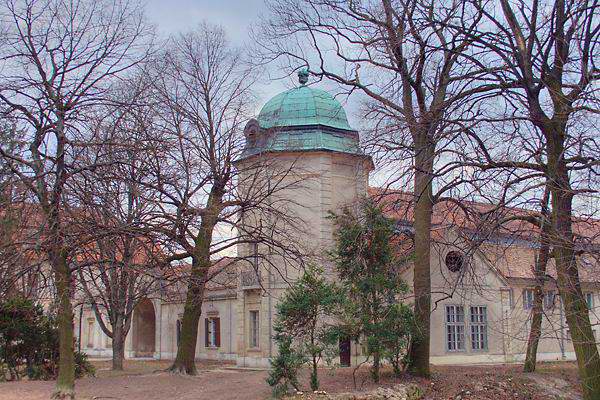Iszkaszentgyörgy (the village)
Iszkaszentgyörgy is a small village situated about 10 km
northwest from Székesfehérvár, at the foot of Iszka hill
belonging to the Bakony. It has about 1,700 inhabitants. It has
been inhabited for ages and was first mentioned in documents in
1193. In the area of today's settlement, there used to be three
independent villages, Iszka, Atya and
Szentgyörgy. The name Iszka appeared as Icza in
written records. The name Szentgyörgy occurred as Zeng Gyurk
in sources from 1352. (A legend is attached to the name
Szentgyörgy: knight Saint George defeated the dragon, which
terrorized the region at the road to Fehérvár.) It has had its
present name since 1590. Its landowner was the Szentgyörgyi
family, followed by the Amadé and Bajzáth
families. Later it was transferred on the female line to the
Pappenheim family, the last Hungarian member of which,
Szigfrid, held it until 1945.
The village is rich in historic relics, almost all cultures left
traces on the region. Its bath (the Duzzogó-bath) built by
Szigfrid Pappenheim. It was famous during the two world wars
but its wells are already dried up. Today the village is visited
mainly because of the Amadé-Bajzáth-Pappenheim castle, which was
first mentioned in documents in 1735. The visit to the castle is a
journey in the history of art, as it has characteristics of all
styles from the Baroque Age to the neo-Classical of the 19th and
the neo-Baroque of the 20th century. Other sights of the village
are the Calvinist and Roman Catholic churches.
Besides agriculture and forestry, handicraft also flourished.
The reputation of the wines produced in Iszkaszentgyörgy was equal
to the ones of Mór.
The events of the village - the St. George Days in April, the
Late Summer Merry (making around the national holiday on 20th
August) and the Vintage procession (at the end of September,
beginning of October) - are organized in the park of the castle. It
is an ideal place to enjoy a picnic out in the nature, or simply
enjoy one of Székesfehérvár’s great outdoor areas. Near the
village, a new, 10 m high lookout tower await the visitor.

The cache
Parking is available by the castle or near the entrance of the
stone mine of Iszkaszentgyörgy. From the castle, follow the red
tourist sign to the lookout tower and the cache. From the stone
mine, the dirt road shows the right track.
The cache itself is a traditional kitchen box and contains the
usual logbook, pen and various trades, gifts. Beware of Muggles and
please ensure that the container is covered with the bark.